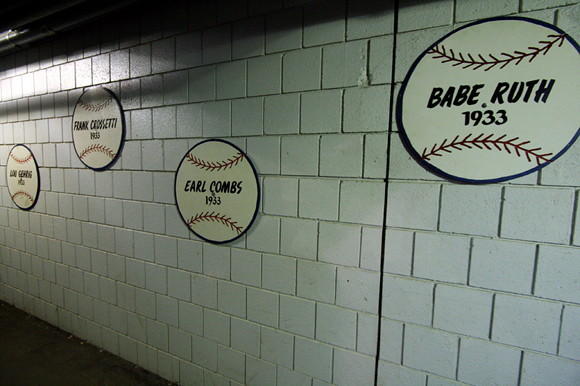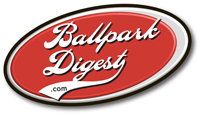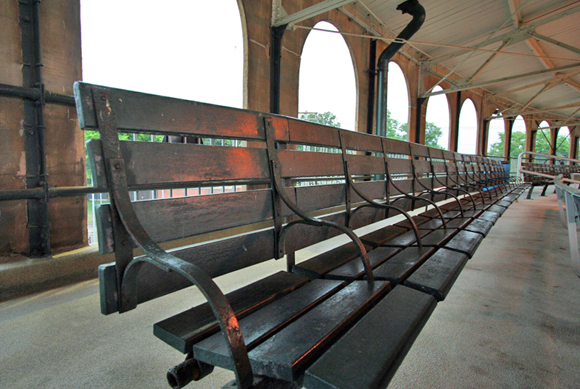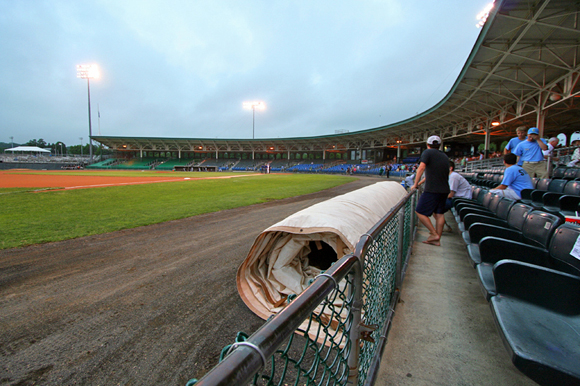It’s hard to imagine today how important a city like New Haven, Conn., was to sports in the United States in the early 20th century. Think about baseball in 1927, which is considered a pretty magical year in baseball history because of the team the New York Yankees fielded that season. And now consider this: many of the players you just thought of passed through little old Yale Field, sitting on Rt. 34 in West Haven. That fact hasn’t been lost on Yale — and it shouldn’t be lost on you, either.
FAST FACTS
Year Opened: 1927
Capacity: Approximately 4,500
Original Cost: Approximately $450,000
Owner: Yale University
Dimensions: 333L, 400C, 306R
Playing Surface: Grass
Website: Yale Field
Address/Directions: 252 Derby Ave. (Rt. 34), West Haven, CT. There are exits for Rt. 34 off of both I-95 and the Wilbur Cross Parkway.
Text by: Mike Pastore
Photos by: Steve Kapsinow
This story ran in 2007 when the Can-Am Association’s New Haven County Cutters played at Yale Field.
Before towns like Chapel Hill, N.C., and Gainesville, Fla., became bastions of college athletics and before the NFL and NBA became what they are today, and even before ESPN, there was the Ivy League and there was baseball. How far back do sports go in New Haven? Walter Camp, who practically invented the game of American football as we know it today, did it in New Haven. Walter Camp Field is directly across the street from Yale Field, as is the famous Yale Bowl football stadium.
Let’s clear something up right off the bat: Yale is located in downtown New Haven. Many would say Yale is downtown New Haven. The school’s athletic facilities are located in nearby West Haven because that’s where there was space for young men to frolic and play the Ivy League way back at the turn of the 20th century. What would eventually become Yale Field was an apple orchard purchased by the school in 1882. By 1902 there was an open field with a few bleachers. In 1927, for the grand sum of $500,000, Yale built a concrete and steel ballpark on the site and Yale Field was born.
The lower concourse is filled with the names of those who played at Yale Field. To give you an idea how extensive the list is, here’s a sampling. There are the legends: Babe Ruth, Lou Gehrig, Ted Williams, Yogi Berra and Smokey Joe Wood. There are those who could hit, like Todd Helton. There are those who couldn’t hit, like Rey Ordonez. There are future Hall of Famers, like Derek Jeter. There are those better known for other sports, like P.J. Carlisemo. And there are those better known for what they did outside of sports: like late NBC president Brandon Tartikoff and former President George H.W. Bush, who was captain of the Yale baseball team in his college days. In the NCAA Regionals in 1981, Yale’s Ron Darling and St. John’s Frank Viola pitched a legendary game at Yale Field that saw Darling no-hit St. John’s for 11 innings before surrendering a run and losing in the 12th. Of course, both Darling and Viola would later pitch in the World Series as big leaguers. They’re all there on the wall of the lower concourse.
Maybe it’s the names on the wall, or maybe it’s the ivy-covered exterior, or the steel structure of the ballpark roof, but it’s not hard to imagine some of those names coming through West Haven on barnstorming teams. Even with the modern amenities that now exist at Yale Field, there are plenty of reminders that the ballpark goes back to the magical year of 1927.
 WHERE TO STAY
WHERE TO STAY
There isn’t much in the immediate Yale Field neighborhood, but there’s no lack of hotels ranging from the luxurious, like The Omni in downtown New Haven, to reasonably priced chains in nearby towns like Milford and Hamden. Best Western, Super Eight, and Econo Lodge all have hotels right in West Haven. Connecticut’s casinos and their hotels are a little more than an hour away.
BEFORE THE GAME
When in New Haven, check out Yale. The downtown campus features museums such as the Peabody Museum of Natural History and the Museum of British Art, and there’s no shortage of shops and food. Most of the good stuff is located within a few blocks of the New Haven Green, which features its own goings-on during the summer. History buffs will recognize New Haven as a key player in the story of the slave revolt aboard the Amistad, and a replica of the schooner is currently sailing the globe and due back in New Haven next summer for its homecoming. One more thing about food: you’ll find New Haven’s famous pizzerias, including Pepe’s, as well as plenty of other tasty Italian food, on Wooster Street near the center of New Haven.


